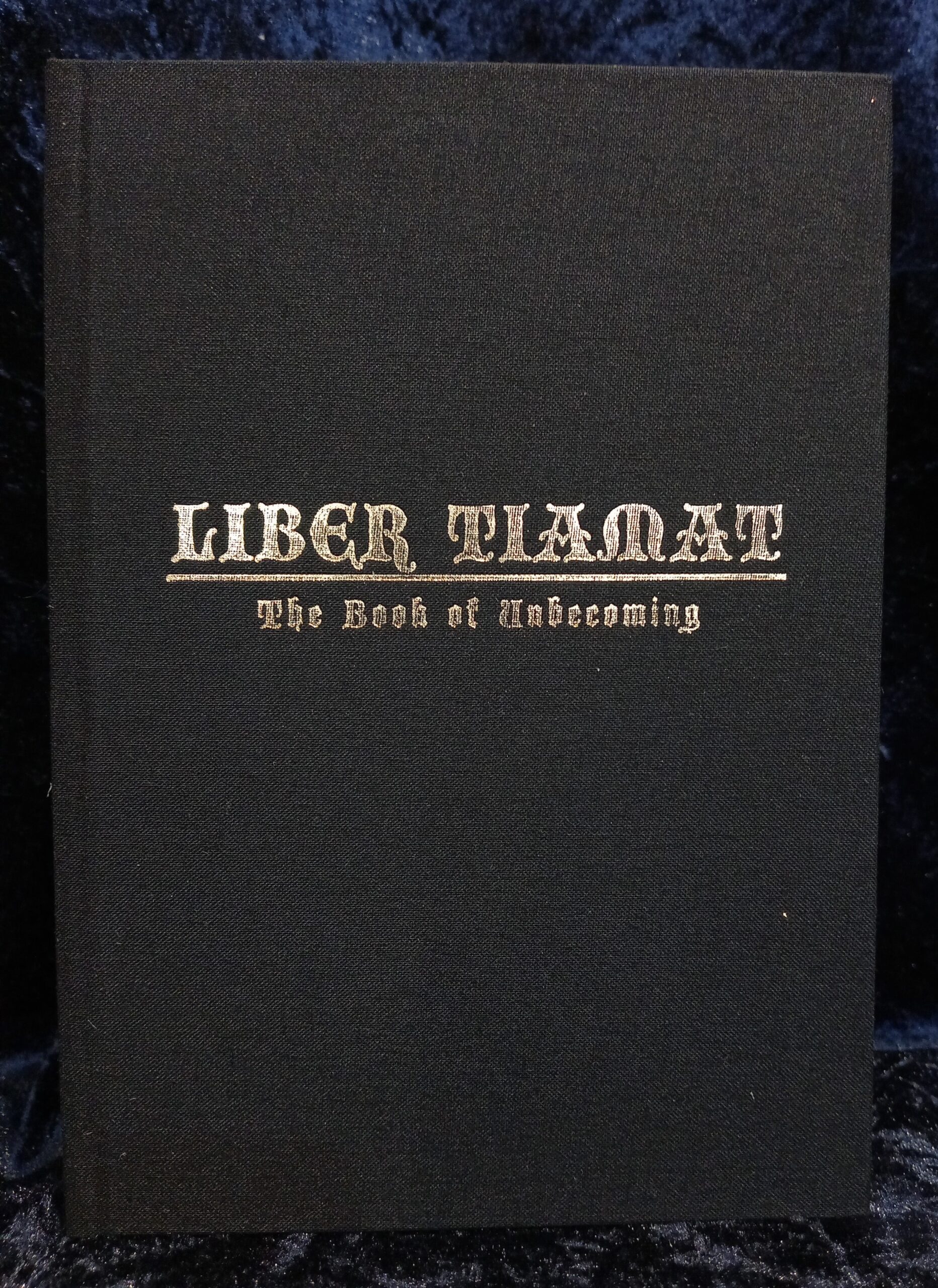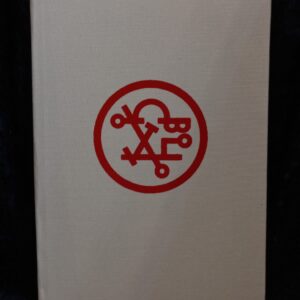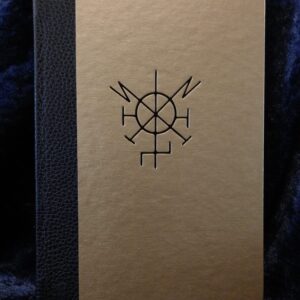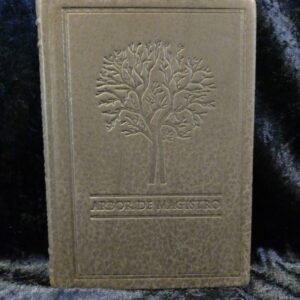£100.00
Standard Edition Limited to 333 copies, this hardcover edition is bound in black Italian cloth, with the book’s title embossed in silver on the front cover. The spines are hand-sewn and have a ribbon bookmark, with black end-papers.
Specifications: Octavo size (148 x 210 mm.), 120 g. voluminous two side-coated paper with 140 g. black end-papers. 381 pages.
1 in stock
Description
Existence is a blasphemy; it is the defilement of the natural equilibrium of nonbeing. Unfortunately, nonbeing is impossible to fully comprehend and explain. We exist within the boundaries of the cosmos, it is the only thing we are familiar with and that we can possibly perceive. Thus, to all entities (cosmic and anticosmic) the state of true nonbeing or even acosmic pseudo-nonbeing is incomprehensible, indefinable and unknowable. We can only try to imagine a “shadow” of such a state via the concept of the true void or emptiness. Nonbeing is the state of absolute and true Darkness, Stillness and Silence. It is the absence of space-time, of particles, of motion, of energy. It is the absolute absence of feeling, of want, of thought, of being. Nonbeing is the only truth as it is the only truly, absolutely unlimited state.
The mystery of nonbeing is what lies at the core of Liber Tiamat: The Book of Unbecoming. Throughout its pages, we will find deep philosophical conundrums that question the nature of everything, touching on polarizing subjects such as the validity of suicide, questioning the morality of humans bringing more beings into existence, the true nature of worship and religion, and even what lies beyond the veil of death. Throughout its almost four hundred pages, the reader will learn a vast range of terminology and methodology that serves towards the sole purpose of explaining the author’s clear understanding of what “anticosmic” really means and implies.
Liber Tiamat: The Book of Unbecoming is profusely illustrated with hundreds of sigils, runes and symbols, as well as several full-page illustrations, all working together to explain in detail the complex but detailed methodology behind XI/XIII’s teachings. The contents of this mystical tome are detailed and complex enough to deserve being studied for years to come.





